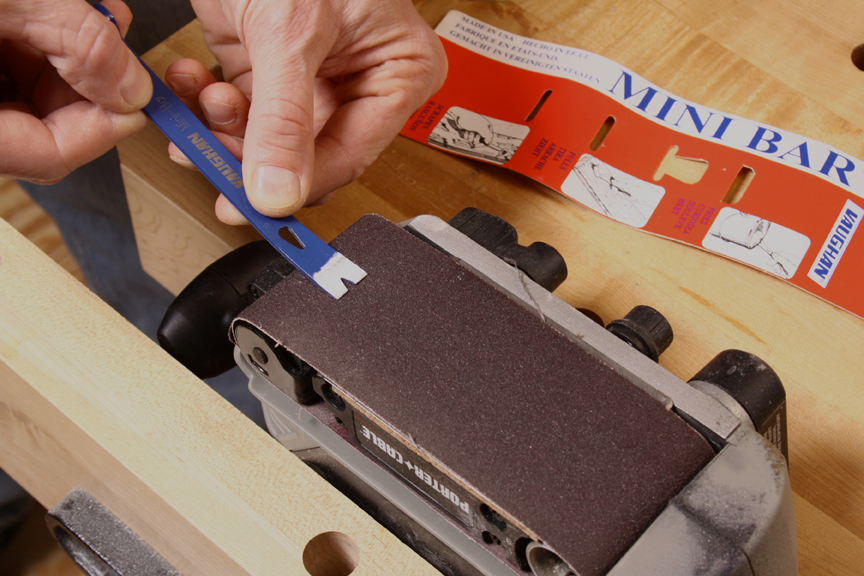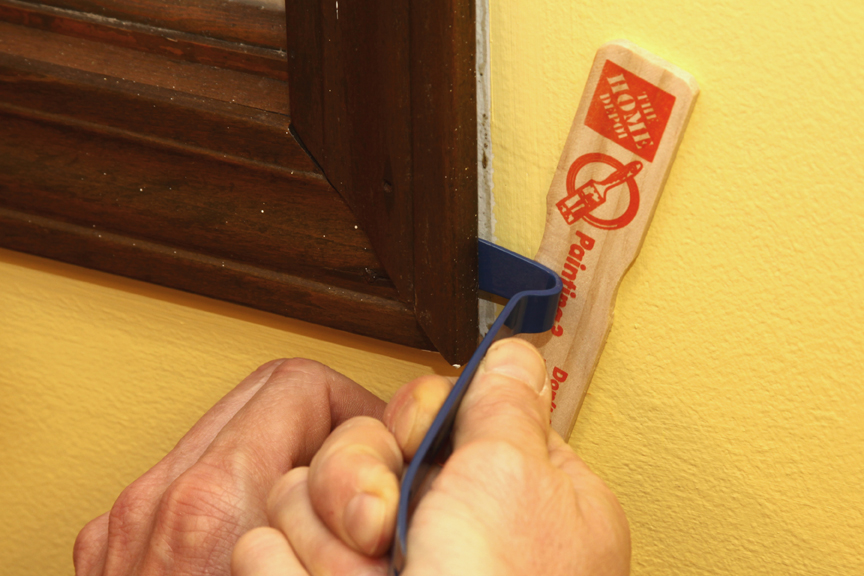 Although our blog is still in its fledgling stages, it’s really great to see your feedback beginning to come in. While I’m not a long-time blogger, it seems to me that a blog without response is sort of like talking to an empty room. And, my wife looks at me funny whenever she catches me doing that… So, thanks much for your comments and suggestions! Please keep them coming in.
Although our blog is still in its fledgling stages, it’s really great to see your feedback beginning to come in. While I’m not a long-time blogger, it seems to me that a blog without response is sort of like talking to an empty room. And, my wife looks at me funny whenever she catches me doing that… So, thanks much for your comments and suggestions! Please keep them coming in.
Along those lines, we got some nice feedback recently to my post about the value of good trim carpentry (“Never Underestimate a Good Trim Job”). If you didn’t happen to read the comments, here’s one from Pete, a trim carpenter. Pete’s got a great trade trick to share for removing moldings without damaging walls. Here’s what he said:
Hi Chris,
I am a trim carpenter by trade. One trip to Lowes will make the job of removing your case work a breeze. They sell a mini pry bar(9 1/2″) that works wonders. It’s in the paint section of the store. You’ll want to sharpen the ends on a belt sander. While you’re in that section get a couple flat wooden paint stir sticks. (They’ll give them to you for free.)
To remove the trim without damaging your previous paint job, use a utility knife with a SHARP blade to score around the trim. This prevents the paint from peeling as you pry the casing up. Lay the stir stick flat on the wall next to the casing. Use the sharpened pry bar to lift the casing from the wall. The stir stick prevents you from gouging into the paint by accident and allows you to use a little extra force if it’s needed.
Once all the casing is removed, use new wood and recut all of your trim work. You’ll learn some new expletives if you try fixing the mess you have in the pictures. Take your time, measure, and make precise cuts. Be sure to putty all of your nail holes with a matching color when you’re finished. They will virtually disappear unless you’re up close and looking for them.
 Thanks for taking the time to acknowledge the craftmanship that goes into trim work. For me it’s a huge source of pride when I see a job done right.
Thanks for taking the time to acknowledge the craftmanship that goes into trim work. For me it’s a huge source of pride when I see a job done right.
Pete, I’m taking your advice. A couple days ago, I found a mini pry bar, sharpened it up and started to pry off my trim. Just as you suggested, it works great. It sure beats using putty knives or a catspaw, and the sharpened tips slip behind even a narrow gap between the trim and the wall. Thanks for the tip!
If others of you know some good trim carpentry tricks, please post a comment and fill us in! Let’s share the good stuff and help one another make those trim projects easier.
Catch you in the shop,
Chris Marshall, Field Editor






